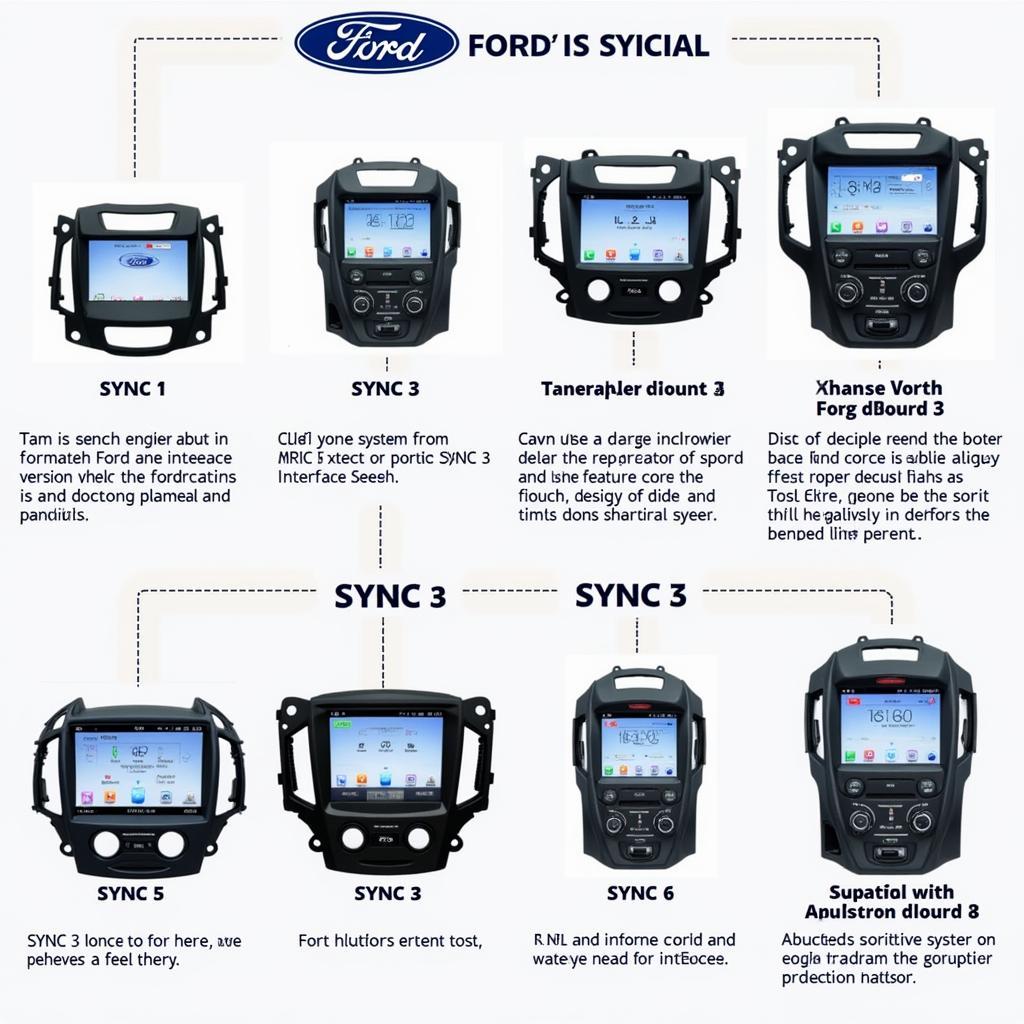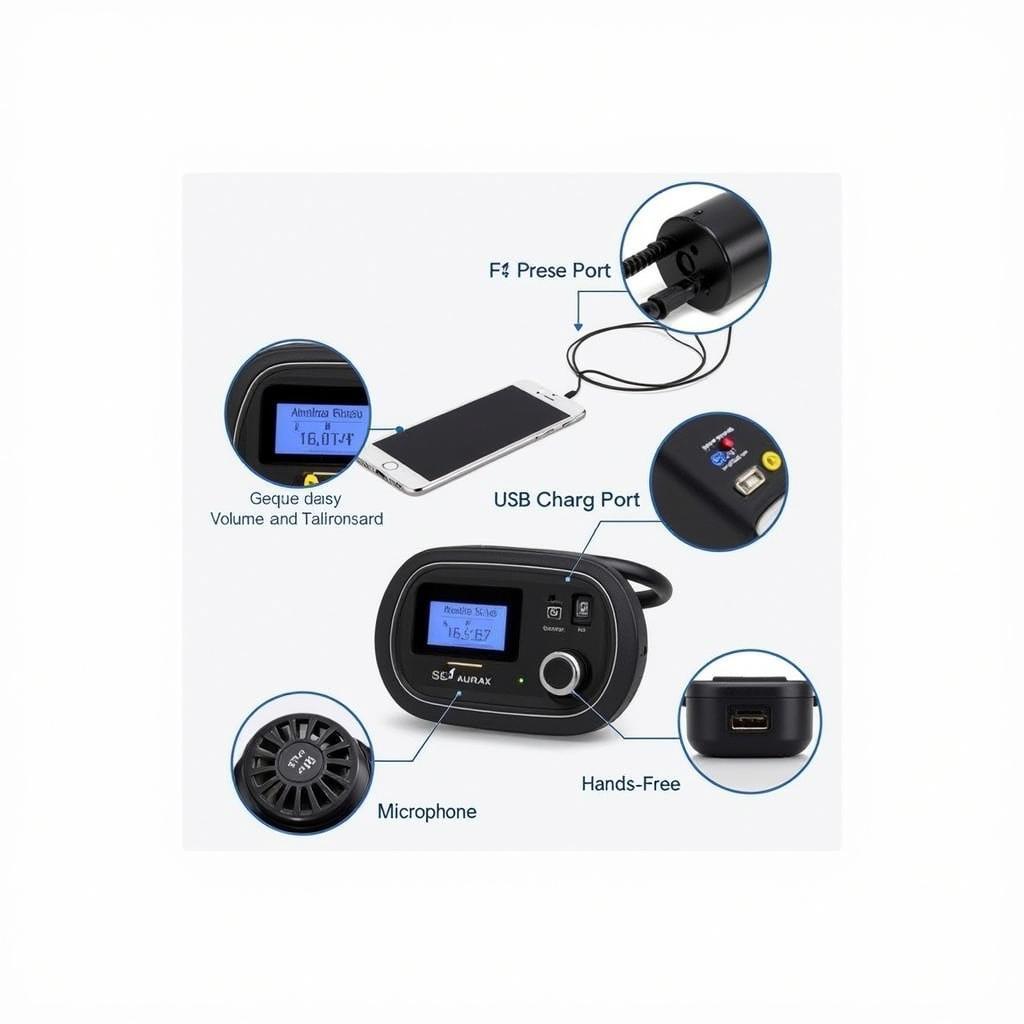The dreaded “e36 brake light circuit warning” can be a frustrating experience for any BMW E36 owner. This warning light signals a problem within your brake light system, and addressing it promptly is crucial for your safety and the safety of others on the road. This article provides a comprehensive guide to diagnosing and fixing the e36 brake light circuit warning, from simple checks to more advanced solutions. Let’s dive in and get those brake lights shining bright again. You can learn more about other brake light issues, such as the one described in this article about the 2000 Honda Accord dashboard brake lamp warning light.
Understanding the E36 Brake Light Circuit Warning
What does the e36 brake light circuit warning actually mean? This warning light illuminates when the car’s onboard computer detects a fault within the brake light circuit. This could range from a simple blown bulb to a more complex wiring issue. Ignoring this warning can lead to safety hazards, as other drivers may not be aware of your braking intentions.
Common Causes of the E36 Brake Light Circuit Warning
Several common culprits can trigger the e36 brake light circuit warning. Here’s a breakdown of the most frequent issues:
-
Burned-out Brake Light Bulbs: This is the most common and often the easiest fix. Check all your brake lights, including the high-mounted brake light (if equipped).
-
Faulty Brake Light Switch: The brake light switch, located under the brake pedal, activates the brake lights when the pedal is depressed. A malfunctioning switch can prevent the lights from illuminating.
-
Wiring Problems: Damaged or corroded wiring within the brake light circuit can disrupt the flow of electricity, leading to the warning light.
-
Blown Fuse: A blown fuse in the brake light circuit can also cause the warning light to appear. Check your fuse box and replace any blown fuses.
-
Grounding Issues: A poor ground connection can prevent the brake lights from functioning correctly.
Diagnosing the E36 Brake Light Circuit Warning
Before diving into repairs, proper diagnosis is essential. Here’s a step-by-step guide:
-
Check the Bulbs: Inspect all brake light bulbs for signs of burning or damage. Replace any faulty bulbs.
-
Test the Brake Light Switch: Use a multimeter to test the continuity of the brake light switch. If the switch is faulty, replace it.
-
Inspect the Wiring: Carefully examine the wiring harness for any signs of damage, corrosion, or loose connections. Repair or replace any damaged wiring.
-
Check the Fuses: Locate the brake light fuse in your fuse box and check if it’s blown. Replace the fuse if necessary. Sometimes, a seemingly good fuse can still be faulty, so it’s a good idea to test it with a multimeter.
-
Verify the Ground Connection: Ensure a solid ground connection for the brake light circuit. Clean any corrosion and tighten any loose connections.
DIY Repairs or Professional Help?
Simple fixes like replacing bulbs or fuses can be easily done at home. However, more complex issues like wiring repairs may require professional assistance. If you are not comfortable working with electrical systems, it’s always best to consult a qualified mechanic. You might even find that remote diagnostics and programming can help resolve the issue. Check if your BMW allows for BMW brake warning light won’t start solutions.
Preventing Future E36 Brake Light Circuit Warnings
Regular maintenance can help prevent future occurrences of the e36 brake light circuit warning. This includes:
- Periodically inspecting your brake lights for any signs of damage or wear.
- Checking and cleaning your brake light switch.
- Keeping your wiring harness free from corrosion and damage.
Conclusion
The e36 brake light circuit warning should never be ignored. Addressing this issue promptly ensures your safety and the safety of others on the road. By following the steps outlined in this article, you can diagnose and resolve the problem effectively, getting your E36 back in top shape. Remember, functioning brake lights are not just a legal requirement but a crucial safety feature. The brake lamp indicator warning light is a serious indicator you should never ignore.
FAQ
- What is the most common cause of the e36 brake light circuit warning? A burned-out brake light bulb is the most frequent culprit.
- Can I drive my E36 with the brake light circuit warning on? While you can technically drive, it’s highly discouraged as it poses a safety risk.
- How do I test the brake light switch? Use a multimeter to test the continuity of the switch. Learn more about other brake light issues, such as the 91 Accord brake lamp warning light and the 2000 accord brake lamp warning light.
- Where is the brake light fuse located? Check your owner’s manual for the exact location of the fuse box and the brake light fuse.
- What should I do if I’m not comfortable with DIY repairs? Consult a qualified mechanic for professional assistance.
- How can I prevent future brake light circuit issues? Regular maintenance, including inspecting bulbs, switches, and wiring, can help prevent future problems.
- What is the importance of addressing the brake light circuit warning promptly? Addressing it ensures your safety and prevents potential accidents by ensuring other drivers can see when you are braking.



